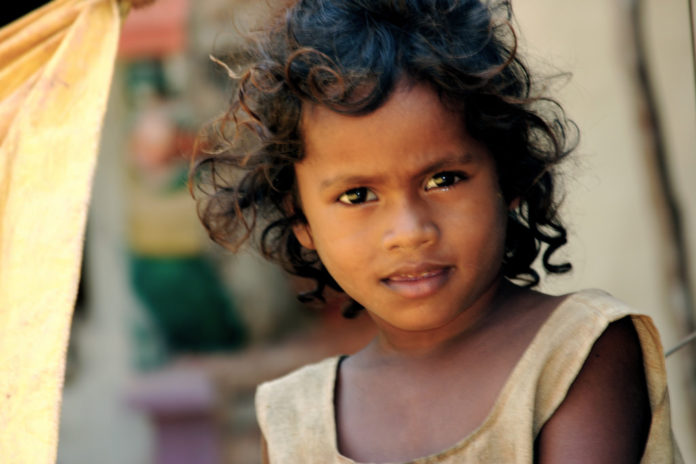
Analysis of data from 195 countries shows India and Tonga have the dubious distinction
India is one of only two countries where a girl is less likely to reach her fifth birthday than a boy.
According to an analysis of under five child mortality in 105 countries published in BMJ Global Health shows that in only India and Tonga are the mortality rates of girls more than that of boys.
The under 5 child mortality for girls in India is 40 deaths per 1,000 live births while the under-five mortality of the boy child is 39 deaths per 1,000 live births.
The researchers say: “In India girls have lower odds than boys of receiving facility-based curative and preventive care and vaccinations and are simultaneously vulnerable to female infanticide and circumcision, resulting in socially rather than biologically-rooted, sex differences in infant and child mortality rates. Second, gender inequality may contribute to sex differences in infant and child mortality through its impact on mothers.”
Drawing a correlation between gender inequality index and child survival it adds: “Maternal undernutrition, exposure to violence and lack of access to education results in children who are more vulnerable to negative health outcomes through both biological and social mechanisms such as susceptibility to communicable and non-communicable diseases as well as decreased access to preventive health practice.The increased impact on girls’ survival chances is again explained by the fact that mothers of daughters are valued less than mothers of sons and hence are more often exposed to the aforementioned risk factors due to the responsible cultural preferences.”
In India girls have lower odds than boys of receiving facility-based curative and preventive care and vaccinations
India’s position as one of only two countries as the researchers analysed, is in line with many other similar reports. This year’s Economic Survey estimated that 21 million Indian girls are unwanted — parents wanted a boy but had a girl instead. Government data show that in sick newborn care units across the country, there is a 60:40 ratio of boys and girls admitted which means baby girls even when there is a need do not reach health facilities and are denied treatment.
Lead researcher Dr Valentina Gallo from Queen Mary University of London said: “The more unequal a society, the more girls are penalised in terms of their survival chances, particularly in lower-middle income countries. Gender inequality then perpetuates itself through the generations via these unfair odds of survival. Because of a sexist ideology which values boys over girls, young girls are often at greater risk of mortality through diminished access to health resources, as well as through heightened exposure to health risks.”












